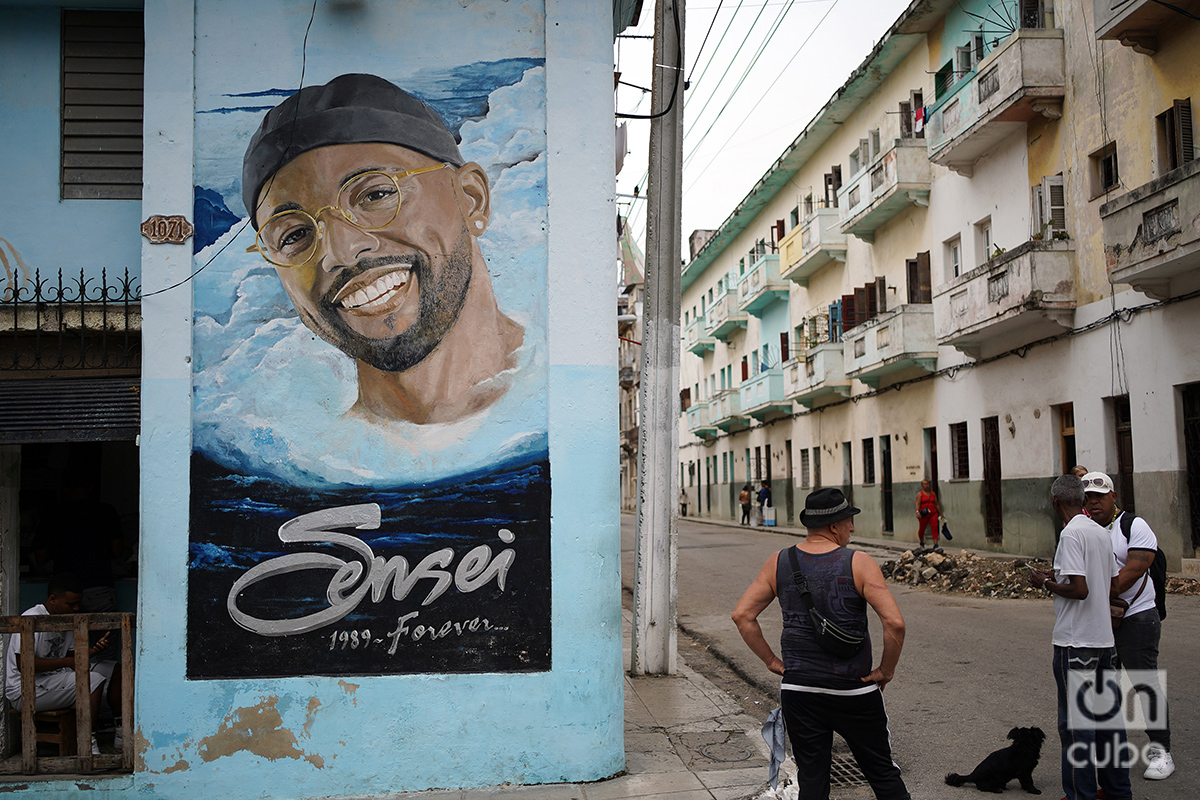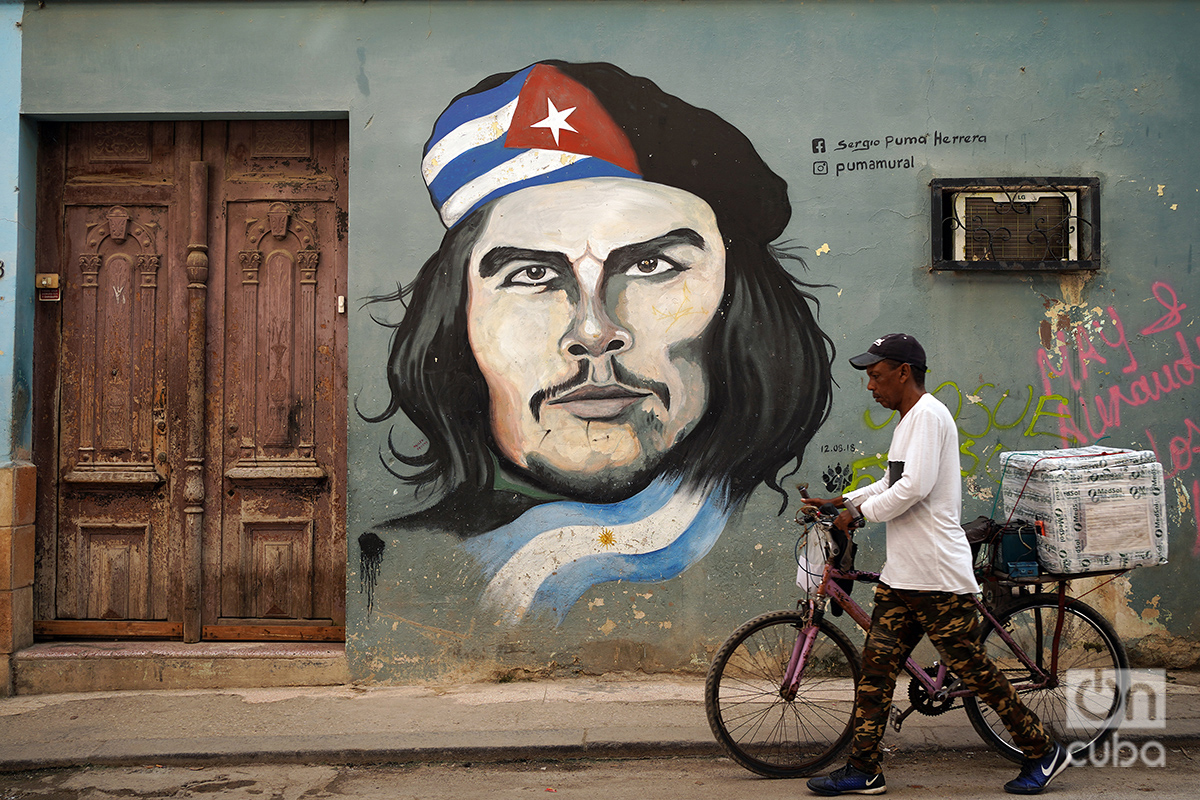Cuba is changing. Slowly, but it is changing, and so is its capital. You can see it, for example, on the walls of Havana. Anyone who, with eyes wide open, walks from one end of the city to the other will see how what was once a space for old party propaganda posters is slowly being filled with street art.

Traditionally, visitors who came to the island were amazed by the epic discourse of its murals, the faces of leaders or martyrs, and the 1960s political messages. Cuba must also be one of the few countries without advertising posters for mega companies like Coca-Cola or McDonald. Anyone who comes here notices it, but also the Cubans who travel around the world, full of commercial graphics until exhaustion.


On our public walls, commercial advertising for private spaces is slowly but steadily making its way, often resorting to the “hook” of old rhetoric and also to street art.
The change in discourse began a few years ago and the new expression has not stopped growing and spreading.


In 2017, I photographed the graffiti of a decapitated Trump. On a wall in Old Havana, “Super Malo” (Super Bad), the artist’s fetish character, held the blond head of the magnate. The work was ephemeral; too ephemeral. I think it did not last more than 24 hours in the view of passers-by. I photographed it in the morning and by the afternoon it had been erased.

I have read that Trump’s was one of the first graffiti by the young artist Fabián, who signs his works as “2+2=5”. And I learned that, contrary to what many of us think, his identity has nothing to do with 1984, the dystopian novel by the British George Orwell. It was, he said in an interview, a joke for a math teacher.

The truth is that “2+2=5” is a prolific artist, and his character Super Malo is a constant presence in many neighborhoods of Havana. But he is not the only local graffiti artist. On the city’s ruined walls there are works by Yulier P., Happy Zombie, Silis, Leandro, B8, Lou81, and many more.
And if we’re talking about Havana graffiti, we must mention San Isidro, in deep Old Havana, once the red-light district, a neighborhood of sailors and humble people. The place where the most famous Cuban pimp, Alberto Yarini, became famous and found death at the beginning of the last century.

Since 2016, the Gorría Gallery Workshop (GTG) has been based in San Isidro, a project by the renowned actor and filmmaker Jorge Perugorría, determined to change the face of the neighborhood and turn it into a kind of tropical SoHo. To this end, they are promoting the San Isidro Art District community project, which, among other initiatives, has called on Cuban and foreign artists to decorate the neighborhood’s old walls with color.


Today, San Isidro is an open-air art gallery. It attracts tourists who walk its colorful streets and has become a must-see for photo shoots, whether for girls’ fifteenth birthday celebrations, weddings, modeling books, or simply for people who want to fill their Instagram with portraits along with the graffiti that decorates the neighborhood.
On its walls, works by Cuban graffiti artists coexist with those of urban artists from the United States, Mexico, Belgium, Puerto Rico, Brazil, and many other countries.



Other neighborhoods in Havana and — why not — the rest of Cuba, should follow the trend. I would like to see our streets converted into an immense, plural, open gallery. There is an abundance of talented artists and our old and dilapidated cities could use some artistic touch-ups.









